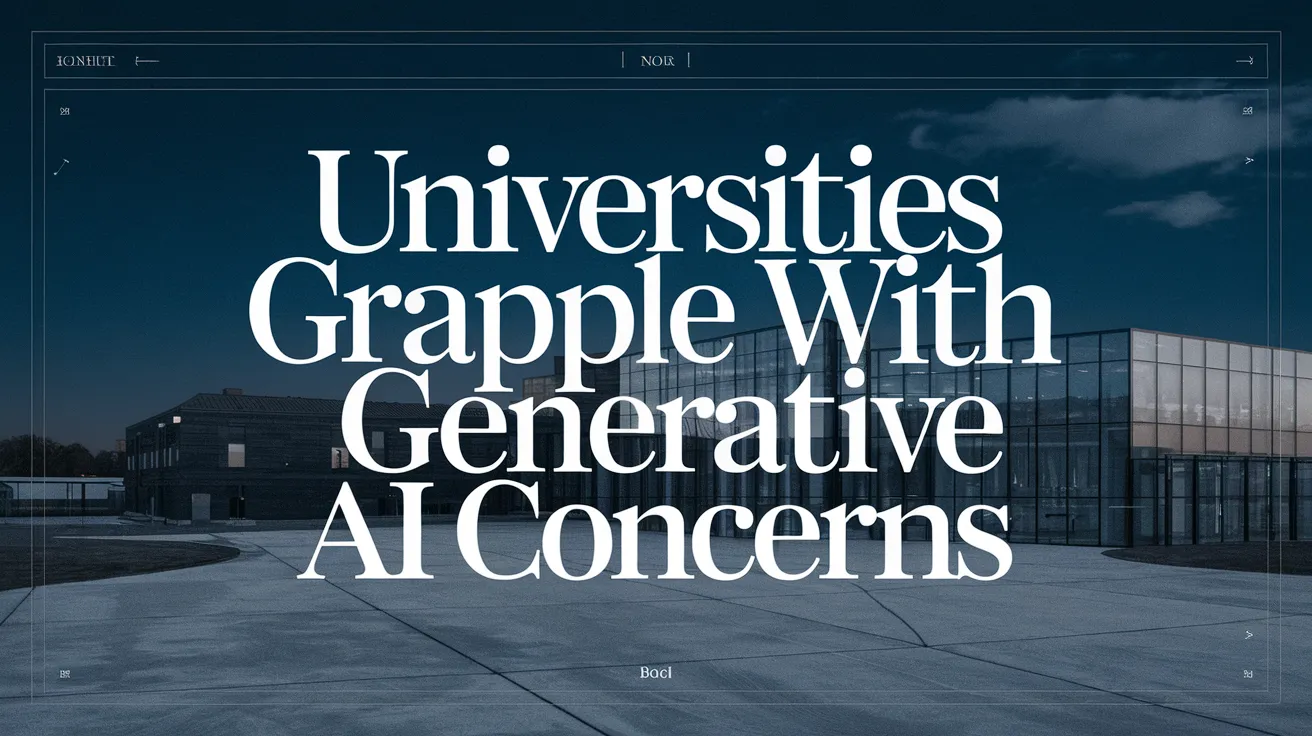Universities Grapple with Generative AI Concerns

The debate surrounding the impact of generative AI on university education continues to intensify, as highlighted by a recent letter from Dr. Craig Reeves. He posits that higher education institutions may be reluctant to confront the growing issue of academic dishonesty facilitated by AI tools, primarily due to concerns over revenue from international students. While it is accurate that a significant portion of UK universities is financially precarious, Reeves’ assertion that these institutions could easily detect AI-generated cheating is misleading.
Accuracy of AI Detection Tools
In response to Reeves, it is crucial to examine the effectiveness of current AI detection methods. The studies he references indicate alarmingly low accuracy rates, noting that detectors could only identify AI usage in under 40% of cases. Even more concerning, this accuracy plummets to a mere 22% in cases where students attempt to conceal their use of AI. This stark reality underscores the difficulty of conclusively proving whether students have employed AI, especially when compelling evidence to the contrary is often lacking.
Shifting Assessment Methods
In the absence of reliable detection tools, some universities are pivoting towards “secure” assessment methods, such as in-person exams. Others are adjusting their assessments to accommodate the likelihood that students will harness AI in their work. These adaptations reflect an understanding that swiftly evolving technology necessitates a reevaluation of traditional evaluation methods. It is essential to recognize that universities are not uniformly neglecting these challenges; rather, they are grappling with a landscape lacking clear solutions, as noted by Josh Freeman of the Higher Education Policy Institute.
Concerns About Traditional Examinations
Critics, including Prof. Paul Johnson of the University of Chester, express hesitation towards reverting entirely to conventional examination formats as a panacea for this issue. Johnson argues that such assessments fail to genuinely evaluate students’ comprehensive understanding and analytical abilities, often reducing their work to mere regurgitation of information. He advocates for a more nuanced approach, where assessments engage students with novel materials that require analytical thinking and understanding in real-time, thus moving away from the rigid structure of traditional essays.
Emphasizing Analytical Assessments
Reflecting on the need for innovative assessment practices, Prof. Robert McColl Millar from the University of Aberdeen calls for a shift from conventional formats toward more analytical assessments that challenge students to apply their knowledge in unfamiliar contexts. This educational approach may help mitigate the influence of AI on student submissions by focusing on the application of understanding rather than passive retention.
In summary, the complexities surrounding AI usage in academia demand a thoughtful reconsideration of pedagogical assessment strategies rather than hastily implemented solutions. The evolving landscape of technology, alongside the financial realities faced by universities, creates an intricate backdrop that requires collaborative engagement from educators to maintain academic integrity.